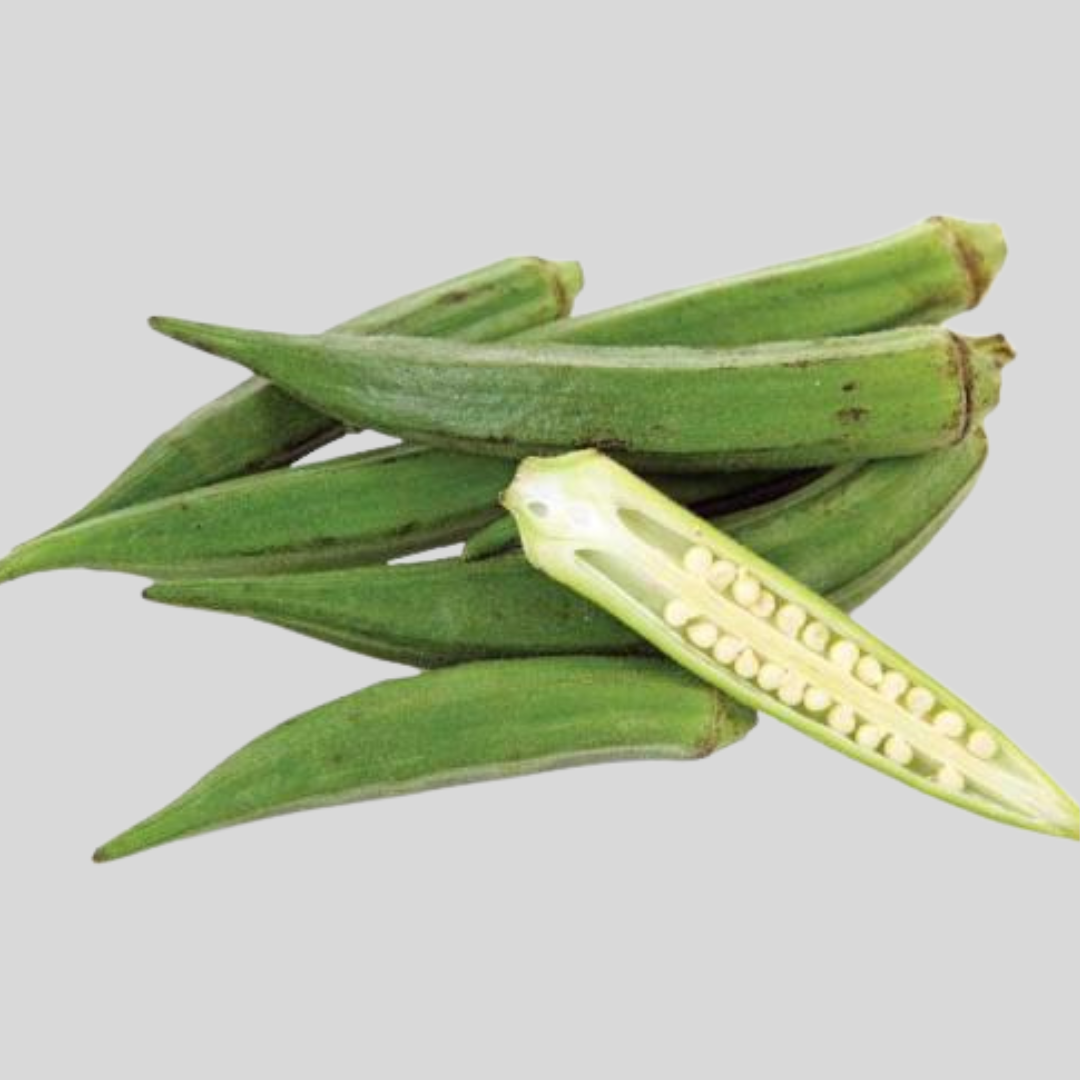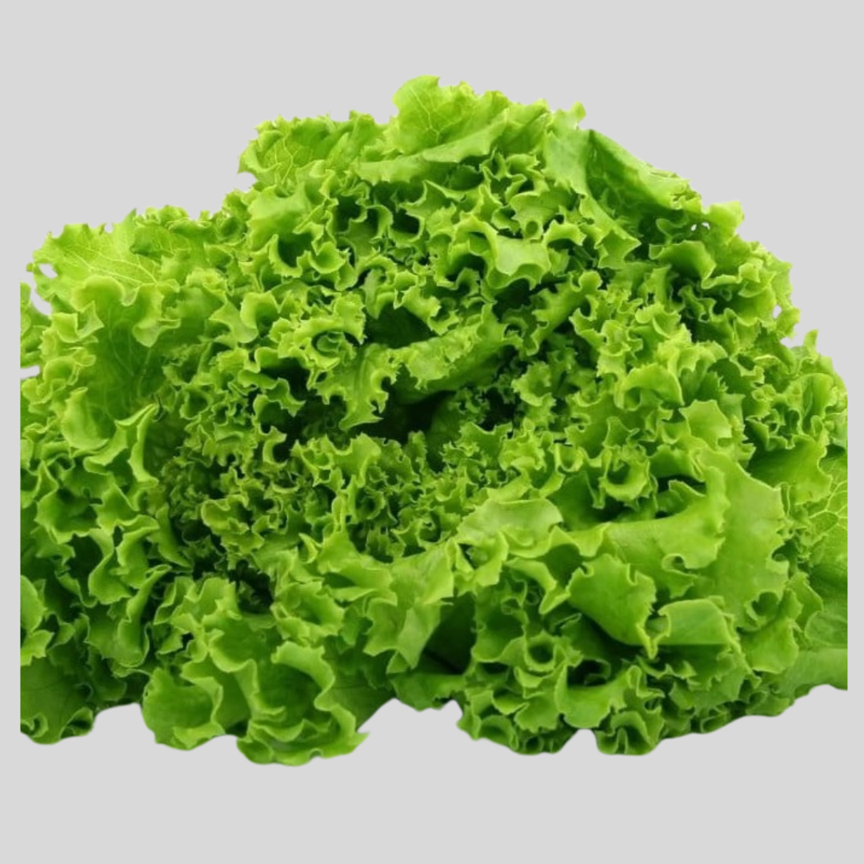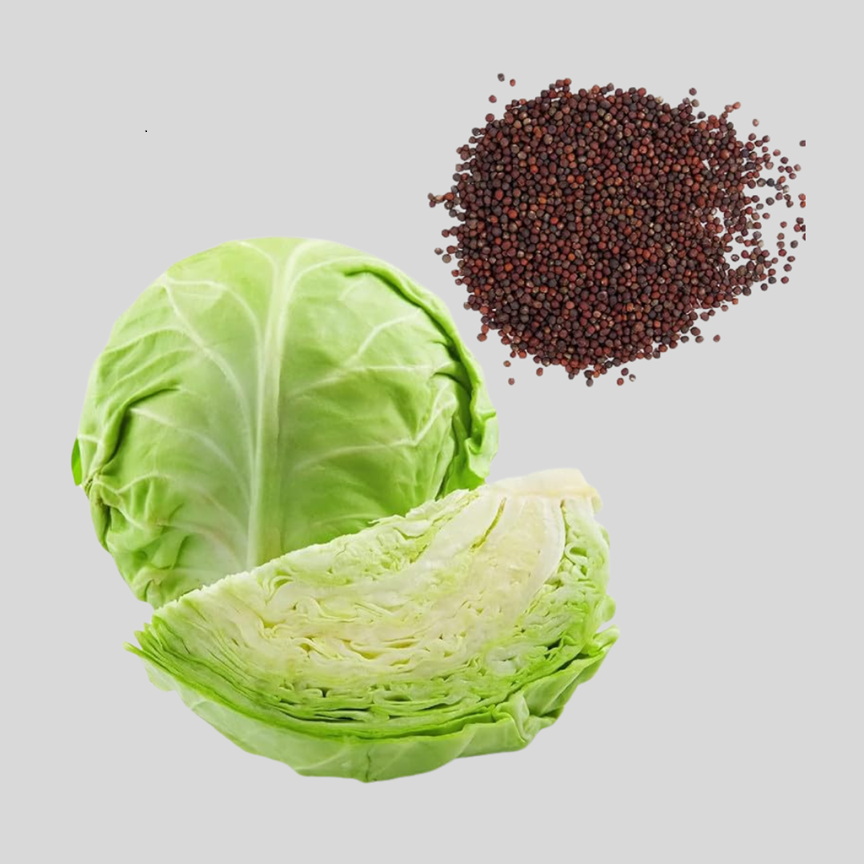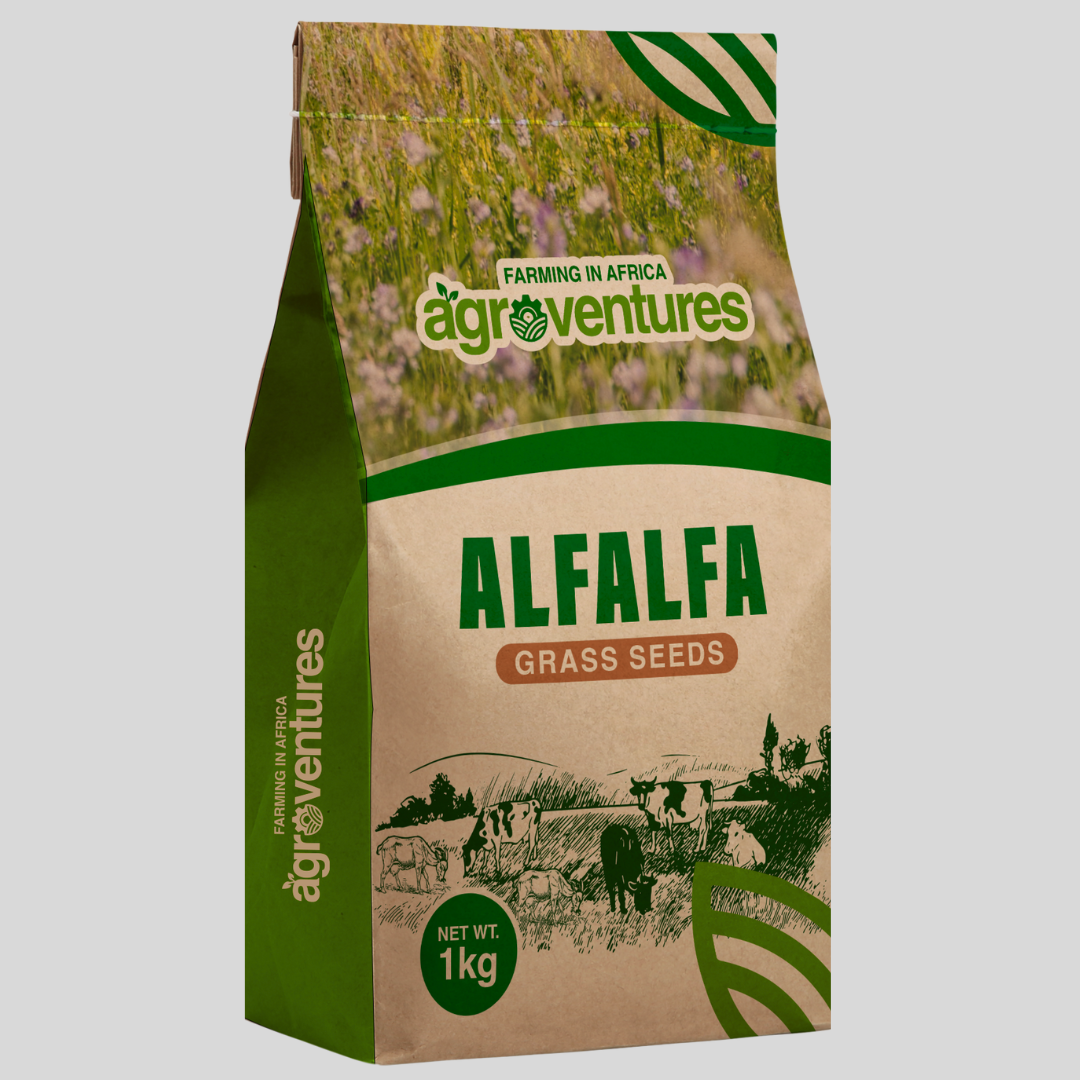Description
Overview
Okra (Abelmoschus esculentus), also known as “lady’s finger,” is a warm-season vegetable prized for its tender green pods, mild flavor, and versatility in cooking. Cultivated widely across Africa, Asia, and the Americas, okra is a staple in stews, soups, and sauces—most famously in gumbo. Beyond its culinary uses, okra is valued for its rich fiber content, mucilage properties (used to thicken dishes), and health benefits.
Origin
Okra is believed to have originated in Northeast Africa (possibly Ethiopia or Sudan) and was spread along trade routes to the Middle East, India, and eventually the Americas. It is an important crop in West African cuisine and was brought to the Americas by enslaved Africans.
Plant Characteristics
Size and Growth
Okra is a tall, upright annual plant that grows quickly in warm climates.
Height: 1–2 meters (3–6 feet), depending on variety
Pods: Long, ribbed, and tapered green (or sometimes red) pods, 7–15 cm in length
Leaves: Large and lobed, similar to hibiscus (its botanical cousin)
Growth Requirements
Climate: Warm to hot weather, full sun
Soil: Well-drained, fertile soil with pH 6.0–6.8
Maturity: 45–60 days after planting
Harvesting: Harvest young pods every 2–3 days for best tenderness
Nutritional Benefits
Okra is low in calories but packed with nutrients and fiber. The mucilage (natural gel) in okra helps support digestion and is often used as a natural thickener.
Rich in: Vitamins C, A, and K; magnesium, folate, and fiber
Health Benefits: Supports digestive health, blood sugar regulation, and immune support
Uses
Culinary: Used in soups, stews, stir-fries, and fried dishes
Preservation: Can be pickled or dried
Thickening Agent: Mucilage helps thicken soups like gumbo
Traditional Medicine: Used in some cultures for stomach and skin conditions





Reviews
There are no reviews yet.